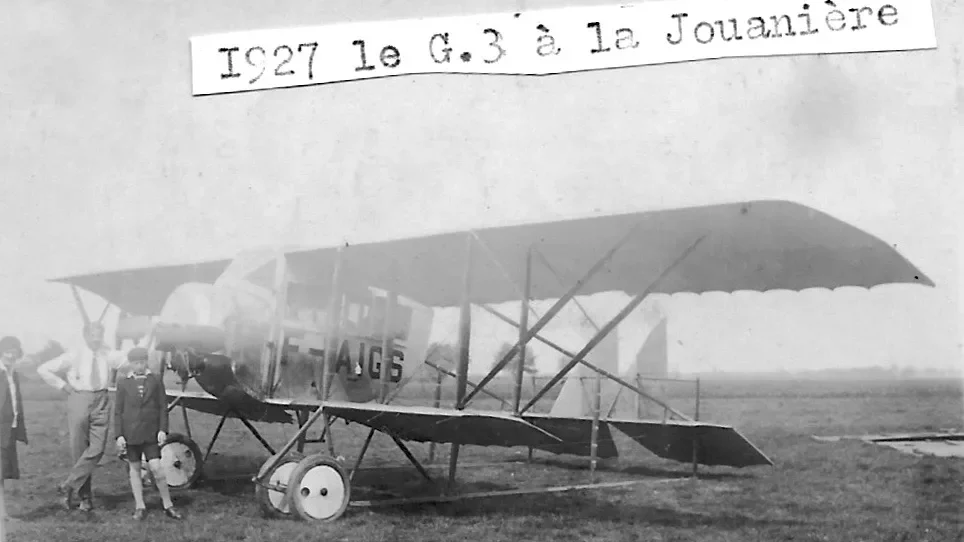Communicating on the airline sector

Communicating in an uncertain context
#istayontheground, #flygskam… So many hashtags to avoid people traveling by plane in order to pollute less. Nowadays, social networks are the scene of many “anti-flying” campaigns that aims to denounce those who still travel by plane in addition to raising awareness on ecological changes by communicating scientific information on the weigh and impact oh the aeronautic industry.
These “anti-aviation” campaigns mushroomed thanks to communication tools. For example, the use of Bernard Arnault’s private jet was criticized. Similarly, Kylian Mbappé got criticized on social media after laughing at a journalist who asked the team why it wasn’t considering the idea of traveling by train instead of plane.
Nowadays, communication seems to be in favor of politically correct and, more precisely, ecology. The aviation industry now suffers from it’s bad image. The challenge is huge : how to create a good communication on the aviation sector ?
How did anti-aviation campaigns put the aviation industry in a bad posture ?
The environmental alarm is ringing, more and more environmental campaigns are being carried out on social media. Greta Thunberg illustrates this perfectly; engaged and militant, she is a major spokesperson for the fight against climate change.
Thus, when she wants to attend the Davos forum (Switzerland) from Sweden by train, she incites and publicly expresses that taking a plane is no longer possible. Similarly, when the mayor of Poitiers says “aviation should no longer be a dream for children.”
All this creates a real community that, through social media, denounces aviation. They also point the finger at a lifestyle in which aviation no longer has a place. “Celebrities” who are shown in an aviation environment are no longer popular. This lifestyle appears as an affront to the climate emergency and aviation seems to be the main culprit.
The industry seems to be losing its former prestige. The trend is towards those who know how to do without airplanes. Hence the need to redefine its image and communication campaigns through specific aviation marketing.
Information campaigns that feed a certain misinformation
However, these “anti-aviation” campaigns are often carried out by manipulating figures to better speak to the guilt of airplane users, or to exaggerate the responsibility of the industry.
For example, the website BonPote, which seems to be a reference in terms of ecology by writing provocative and cutting-edge articles, illegitimately compares aviation to trains. However, these data are often incomparable, thus favoring trains over airplanes.
As a result, it seems that individuals, in general, overestimate the proportion of air transportation in the global environmental impact. According to the Carnets de la Chaire Pégase, 90% of respondents to the survey exaggerate the proportion of air travel in global CO2 emissions (see the french report here). There is a gap between reality and the French public’s perception of the relationship between airplanes and the environment. Closing this gap means carrying out precise communication campaigns.
Aviation: A Progress-Driven Industry that Needs to Communicate”
This perception gap seems to almost erase the technical advancements of the aviation sector. Let’s remind ourselves, this industry has experienced exponential growth:
1913 : First flight of the Caudron 3
1986 : First flight of the Rafale A

In 73 years, the evolution in the aviation industry has been rapid. We can expect the same for the engineering of hydrogen and electric engines. We are seeing the emergence of many start-ups promoting decarbonized aviation such as Aura Aero and Blue Spirit Aero. It is also the only industry with a global organization that manages and sets rules, including environmental impact, like the International Civil Aviation Organization (ICAO) since the 2000s. However, the aviation industry is still struggling to improve its image. Communication needs to be improved to give the industry a new boost. Follow our advice for communicating about the aerospace sector.
Communicating to restore trust
Transparency
This may be the key word in this strategy to regain trust. Positive marketing should be used to make the industry environmentally and socially valuable. Honesty is important by recognizing the imperfections of the sector, but also by respecting customers by sharing the true progress of aviation without greenwashing. The gap between people’s perceptions and reality can be reduced through knowledge and transparency. It is a way to communicate about the actions taken by the industry.
How ?
By using informative communication strategies and real-time monitoring of the progress that positively contributes to the industrial chain. It is a way to involve external stakeholders. Some companies are already doing this, such as British Airways and their monthly newsletter that includes updates, figures, and other data on the environmental impact of their planes.
Removing guilt from customers will attract them and include them in an informative, transparent, and active communication process. Because if demand suddenly collapses, or if not taking a flight becomes the norm, what will be done? To convince passengers, communication with them is key.
ESCadrille can accompany you
The aeronautics sector is one of ESCadrille’s areas of expertise. Knowing the image that one sends back, and, de facto, thinking about an adapted strategy is important for a company of the sector. We are able to help you with a study of image, notoriety and/or a communication strategy. The objective is to analyze in a rigorous way the image of companies that evolve on a market that struggles to enhance its image. Following this, we propose a communication strategy to rethink your model.
Aviation is at the dawn of a new golden age, but it still needs to convince the world. The key? Communication.


Artificial intelligence: a revolution for business
What is Artificial Intelligence? Artificial Intelligence (AI) refers to the set of technologies that enable machines to imitate human intelligence. Thanks to advanced algorithms and Machine Learning, AI is able to analyze data, learn from experience and perform complex tasks...

M&A Talent Management
M&A Talent Management: A Key Strategy for Performance. When a company embarks on a merger and acquisition (M&A) process, the financial and legal aspects often take centre stage. However, an equally decisive factor is often underestimated: talent management. According to a study by...

Digital marketing: the keys to boosting your online visibility
Digital marketing has become an essential lever for any company wishing to stand out on the Internet. In an ultra-connected world, consumers are actively seeking products and services online. But how do you capture their attention and convert them into loyal customers? In this article, we'll...